what is schizophrenia
Schizophrenia Introduction
- Schizophrenia is earlier known as Dementia Precox
- The word schizophrenia was discovered by Swiss psychiatrist Eugen bleuler in 1908.
- Schizophrenia is a psychological disorder.
- Schizophrenia is derived from a Greek word
QnA What is a simple definition of schizophrenia?
Ans. Schizo – means split
Phrenic – means mind.
- Incidence – 1/1000 populations.
Definition of Schizophrenia
- Schizophrenia is a group of mental disorders in which disturbance of thinking, emotion and behaviour.
- Schizophrenia is referred to as a mental illness characterized by disturbance of mood, thinking and motor activity.
- Schizophrenia is characterized by the inability to separate reality from and a non-reality.
Incidence of Schizophrenia
- Schizophrenia is equally prevalent in men and women.
- Schizophrenia is most commonly present in lower socio-economic groups.
- Onset is 15 – 25 years for men and 25 – 35 years for women.
Cause and etiology of Schizophrenia
-
Biological cause of Schizophrenia –
- Increase the dopamine neurotransmitter level.
- Chromosome abnormality.
- 47% risk of the monozygotic child.
- 8% risk of any relative has a mental disorder.
- 12% risk in a dizygotic child.
- 70% of schizophrenia problems by genetic factors.
-
Psychological cause of Schizophrenia –
- maternal deprivation.
- Lack of love and affection with mother.
- Death of mother in childhood.
- Overprotection of children.
- Over strictness with children.
- Social isolation and broken family.
- The disorganisation of family.
- Overcrowding.
- Unhealthy relationship between parents and child.
-
Precipitation Cause of Schizophrenia–
Sudden or acute onset when a person tries to control self-emotion after death of close relative but unable to succeed and Express abnormal behaviour.
-
Socio-cultural cause Schizophrenia –
domestic violence
- Technological change
- Financial crisis
- Family dispute.
- Perinatal risk factors – maternal influenza
- Severe childhood abuse
- Birthday wearing winter session
- Immunological factors.
- Other cause – poverty
- Head injury
- Accident.
Types of Schizophrenia
- Typical Schizophrenia – intensity of symptoms is high.
- Recovery slow.
- Atypical schizophrenia – the intensity of symptoms is low.
- Recovery fast.
-
Typical Schizophrenia
- Simple schizophrenia
- Hebephrenic schizophrenia
- Paranoid schizophrenia
- Undifferentiated Schizophrenia
- Catatonic schizophrenia.
2. Atypical Schizophrenia
- Residual schizophrenia
- Juvenile or childhood schizophrenia
- Late schizophrenia
- Latent schizophrenia.
1. A. Simple schizophrenia
- Onset 15 – 20 year of age.
- Negative symptoms are present.
- Positive symptoms are absent.
- ECT is not effective in simple schizophrenia.
- Prognosis is very poor.
- More incidence in male.
B. Hebephrenic schizophrenia
- Also known as disorganised schizophrenia.
- Onset 20 – 25 year old.
- It is grossly disorganised behaviour, inappropriate expression flat or or inappropriate emotional reaction.
Patient behaves as child – eg.
- Finger biting
- Masturbation of sex organs
- Exhibition of sex organs
- Bizarre behaviour
- Irresponsible behaviour
- Lack of hygiene
- Urine and stool passing in clothes.
- Stuttering or odd speech.
- Positive symptoms of Schizophrenia the most commonly present.
- ECT is not effective.
C. Catatonic schizophrenia
- Catatonic schizophrenia is an acute onset disorder in which disturbance of psychomotor behaviours.
- On set 15 – 25 years.
- The word catatonic means = cata – disturbed
- Tonic – muscles tone.
- ECT is most effective in catatonic schizophrenia.
- Recovery is possible rapidly.
Catatonic schizophrenia types
-
Catatonic excitement –
- In these types, patients show manic patient-like symptoms.
- Example – increased psychomotor activity
- A patient injured to himself or others.
- Flight of ideas.
- Delusion of grandiosity.
-
Catatonic stupor –
In these types, patients or depression-like symptoms.
- Example – suicidal tendency
- Auditory hallucination.
- Loss of muscle tone.
D. Paranoid schizophrenia
- Paranoid schizophrenia is also known as chronic schizophrenia.
- Paranoid schizophrenia is a mostly common type of Schizophrenia.
- Delusional thinking abnormalities are mostly commonly present in these types of schizophrenia.
- Onset 30 year of age group.
- Patients are always suspected by others.
- ECT is less effective.
E. Undifferentiated schizophrenia
- Undifferentiated schizophrenia is differ from other schizophrenia.
2.A. Residual schizophrenia
- Residual schizophrenia involves only one episode of Schizophrenia.
- Residual schizophrenia is when there are low level positive symptoms but psychotic symptoms are present.
B. Juvenile or childhood schizophrenia
- Schizophrenia occurs before 14 year of age
C.Late Schizophrenia
- Onset after 40 year of age.
D. Latent schizophrenia
- Intensity of symptoms is very low.
Sign and symptoms of Schizophrenia
- Primary and secondary symptoms.
- Positive and negative symptoms.
- First rank symptoms of schizophrenia.
-
Primary symptoms of schizophrenia
- Primary symptoms of schizophrenia are also known as – basic symptoms of schizophrenia.
- Fundamental symptoms of schizophrenia.
- “4 A” symptoms of schizophrenia.
- “4 A” symptoms are introduced by “Eugen bleuler”.
- Ambivalence – It is an emotional related disorder and abnormality.
- Conflict feeling towards others.
- At the same time in the same person two opposite emotions occur.
- Eg. A girl told his father “I like you or I hate you.”
-
Affective disturbance
- Affective disturbance is also an emotional related disorder.
- Patient in ability to show appropriate emotion according to situation.
- Eg. – Patients start laughing, after the death of a loved one.
-
Association disturbance
- Association disturbance is a thinking and thought-related disorder.
- Patients suddenly shift from one topic to another topic that are not associated with each other.
-
Autistic thinking
- Autistic thinking abnormality is commonly present in toddlers (1 – 3 year).
- Autism is a social and communicable problem.
Secondary symptoms of schizophrenia
-
Disturbance of perception –
- Perceptual disorder involves abnormality in sense organ experience.
- Disturbance of perception is – hallucination.
- Illusion.
- Hallucination is a fast perception and misinterpretation in the absence of external stimuli.
- Illusion is a false perception and misinterpretation in the presence of external stimuli.
-
Disturbance of thinking
(1). Thought preservation –
- patients give some answers about different questions asked by doctors.
- Eg. – What is your name = Mohan
- What is your father’s name = Mohan
- Where are you live = Mohan
(2). Word salad – patient speak the irrelevant words.
(3). Neologism – patient formation of meaningless words, patients only understand them.
(4). Thought blocking – Patients give answers to questions asked by healthcare providers but patients suddenly stop and are unable to give the reason.
(5). Tangentially – Patients provide unnecessary information about the topic but are unable to reach on a topic at least.
(6). Circumstantiality – patient unnecessary travel around the topic but reach on topic at last.
Disturbance of motor activity
(1). Automatism – involuntary repetition of an activity.
- Echolalia – imitation of words spoken by others.
- Echopraxia – imitation of activity and posture of others.
(2). Waxy flexibility – maintaining position for a long time period.
(3). Ataxia – loss of balance.
(4). Dystonia – Unco-ordinate spastic movements of the body.
(5). Negativism – the opposite action and activity of others.
(6). Stereotype movement – needless, purposeless, repetitive same activity by the client.
(7). Tics – abnormal movements used by small amounts of muscles.
Eg. – Eye blinking.
- Disturbance of emotions
- Patients express the opposite emotion according to the demand of the situation.
- Eg. – Patient laughing after the death of a loved one.
- Disturbance of attention
- Patient unable to focus on a particular object.
- 3. Positive symptoms of schizophrenia
- Hallucination
- Delusion
- Delusion of grandiosity
- Magical thinking
- Agitated behaviour.
- 4. Negative symptoms of schizophrenia
- Anhedonia – a patient unable to express feelings of pleasure.
- A violation – lack of motivation.
- Apathy – lack of emotion.
- Flat affect – patients look blank or empty by the expression.
- Blunt affect – emotions are changed very slowly.
Labile affect – emotional change is faster than normal change.
First rank symptoms of schizophrenia
- Through broadcasting – the patient believes that other people know about his thoughts without sharing them with others.
- Delusion of perception – normal perception is converted into delusion thought or patient belief someone brings a secret message of God or other for him.
- The hallucination of voice – patient believes he is discussed by others and discussion heard by him.
- Thought insertion
- Thought withdrawal.
- Management of schizophrenia
- Nurses maintain a trusting relationship with patients.
- Avoid the arguments with the patients.
- Nurses provide protection from injury.
- Nurses encourage patients to face reality.
- Do not share false information.
Pharmacotherapy –
- antipsychotics – chlorpromazine
- Haloperidol
- Trifluoperazine.
- Commonly use atypical antipsychotics are
- Clozapine, Risperidone
- Olanzapine, Quetiapine.
ECT therapy –
- ECT is effective for – catatonic stupor
- Catatonic excitement
- Drugs side effects.
- Psychological therapies –
- group therapy
- Cognitive behaviour therapy
- Social skill training
- Family therapy
- Adjuvant therapy.
- Note-
- Schizophrenia patients use rationalization, projection and denial defence mechanism.
- Key Points of Schizophrenia
- Schizophrenia was discovered by the – Eugen bleuler in 1908
- Group of mental disorders in which disturbance of thinking, emotion and behaviour is called – Schizophrenia disorder
- Schizophrenia most commonly affects the – Low socio economic group
- Simple schizophrenia affects the age group peoples – 15 – 20 year
- Disorganised schizophrenia is known as – Hebephrenic schizophrenia
- Patients behave as children in which schizophrenia – Hebephrenic schizophrenia
- ECTis most effective in which type Schizophrenia – Catatonic schizophrenia
- Which type of Schizophrenia involved disturbance of psychomotor behaviour – Catatonic schizophrenia
- Catatonic excitement Schizophrenia patient show – Manic patient like symptoms
- Catatonic stupor Schizophrenia patient show – Depression patient like symptoms
- Most common type of Schizophrenia is – Paranoid schizophrenia
- Another name of paranoid schizophrenia is – Chronic schizophrenia
- Fundamental symptoms of schizophrenia are – “4A” symptoms
- At same time, in the same person two opposite emotions occur is known – Ambivalence
- In which disorder patients show appropriate emotion according to situation demand – Affective disturbance
- In which disorder patients give some answer about all questions – Thought preservation
- Patient imitation of words spoken by others is known – Echolalia
- Patient imitation of the activity and posture of another person is known – Echopraxia
- Patient loss of balance and movement in which disorder – Ataxia
- Patients provide unnecessary travel around the topic but reach on topic at least – Tangentially
- Most common positive symptoms of schizophrenia is – Hallucination and delusion
- What is the meaning of anhedonia – Patient unable to express feeling or pleasure (lack of pleasure)
- What type of therapy is used in the management of autism – Play therapy
- Early indicator sign of schizophrenia is – Auditory hallucination
- Most common form of delusion is – Delusion of persecution
- Which type of delusion disorder in which a patient believes his life partner is not faithful to him / her is – Delusion of jealousy



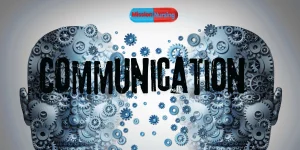
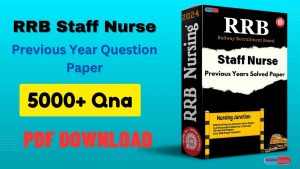

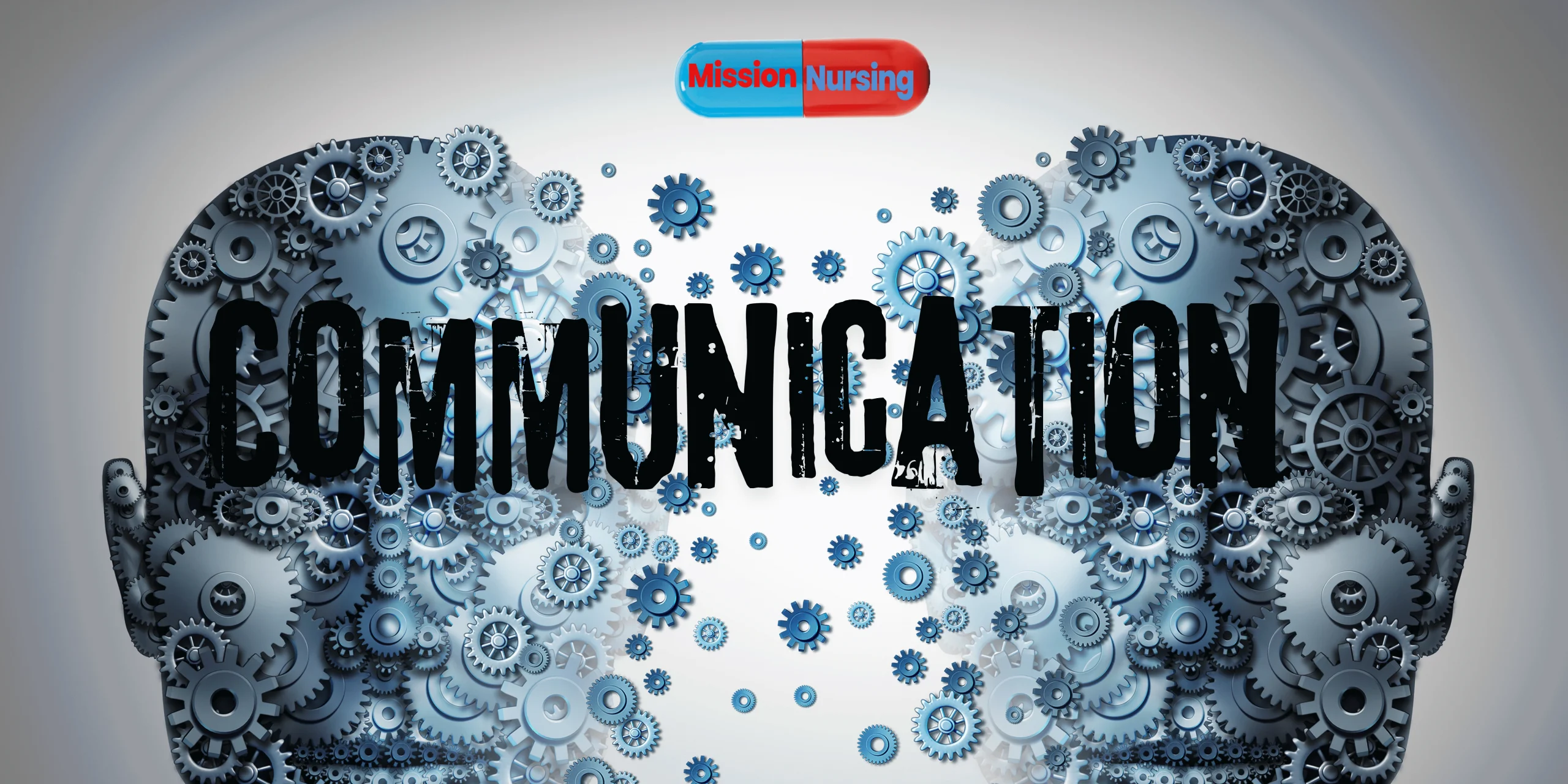
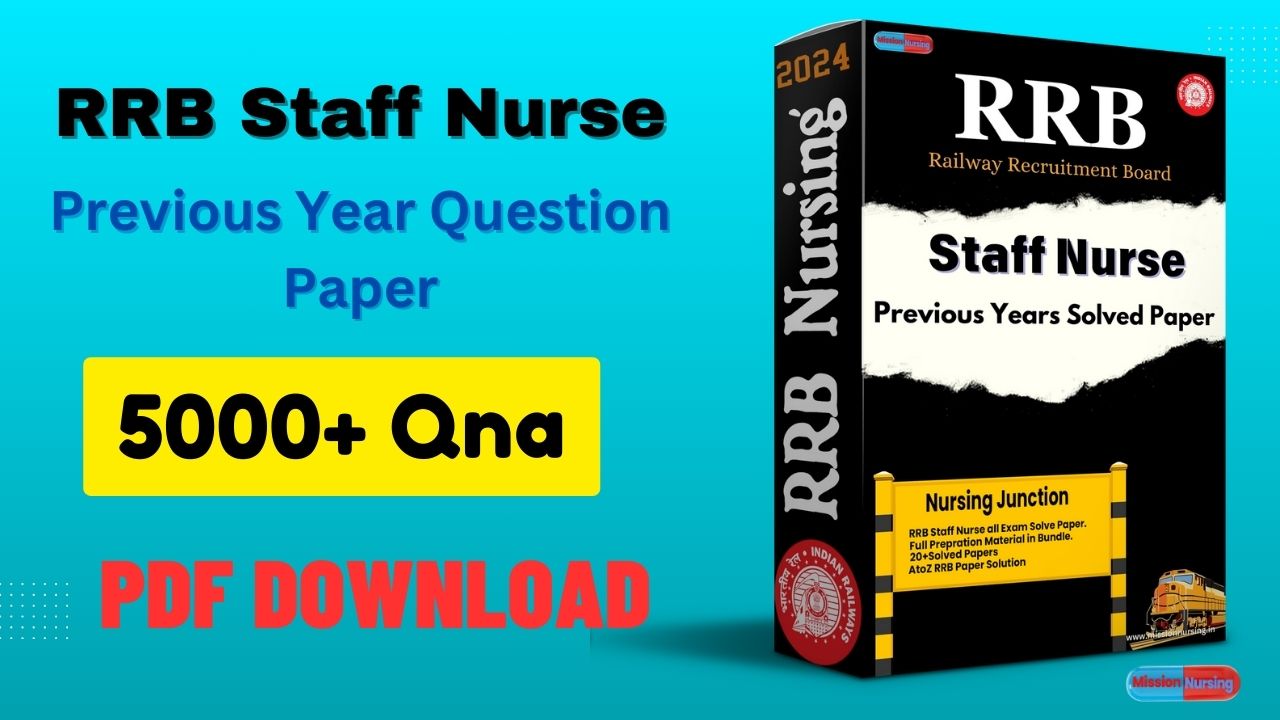
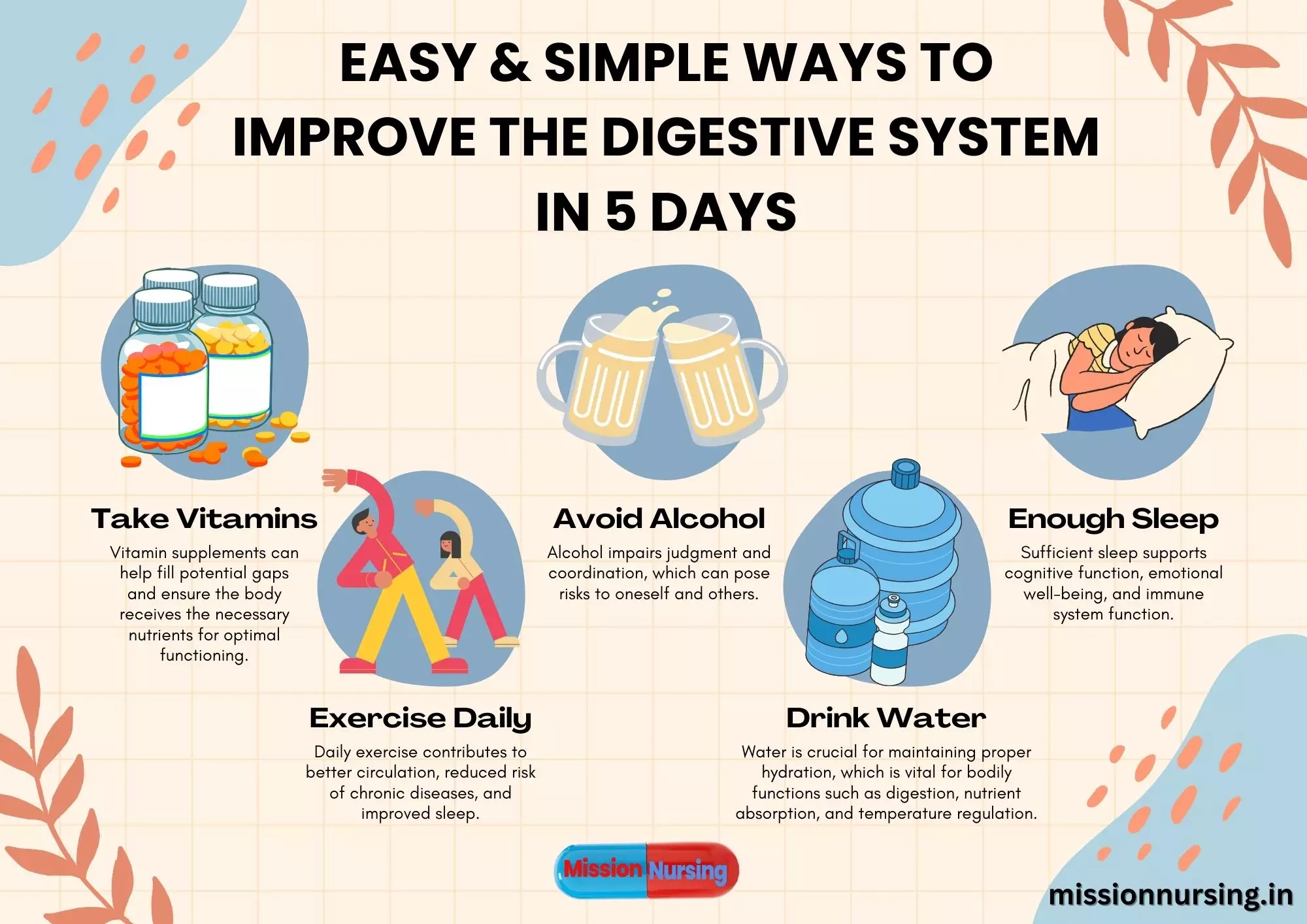
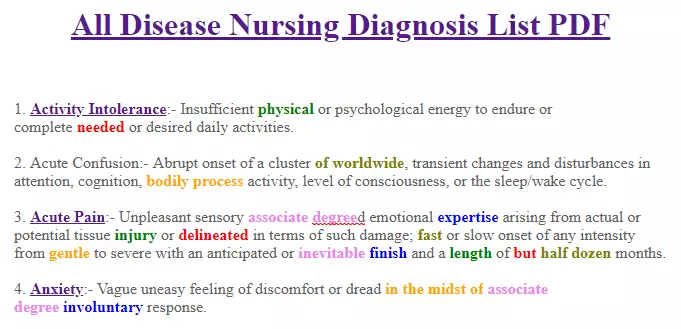
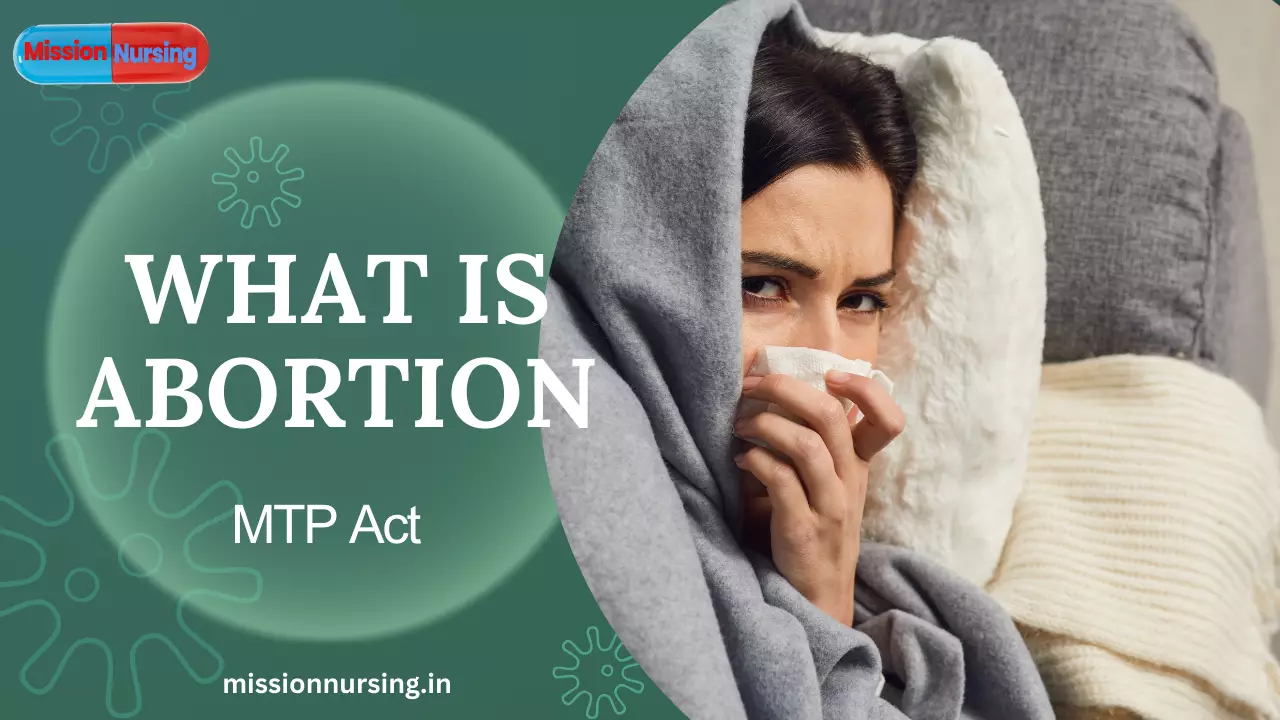
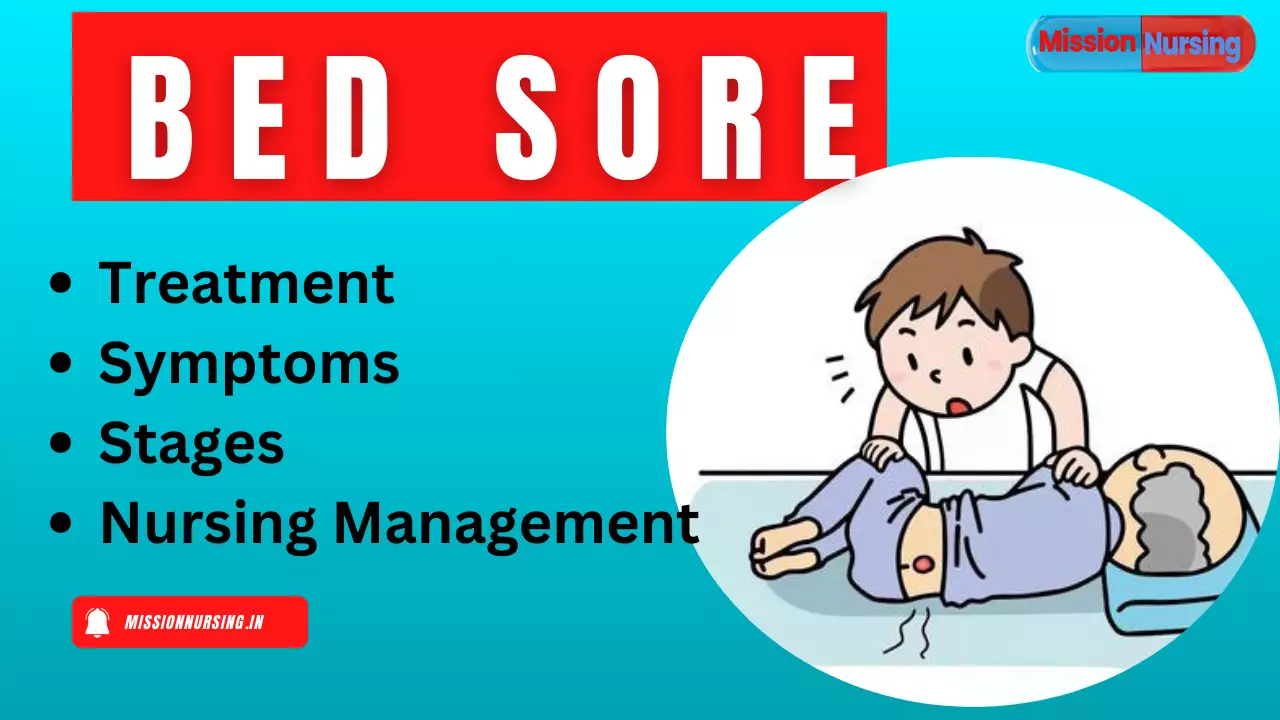

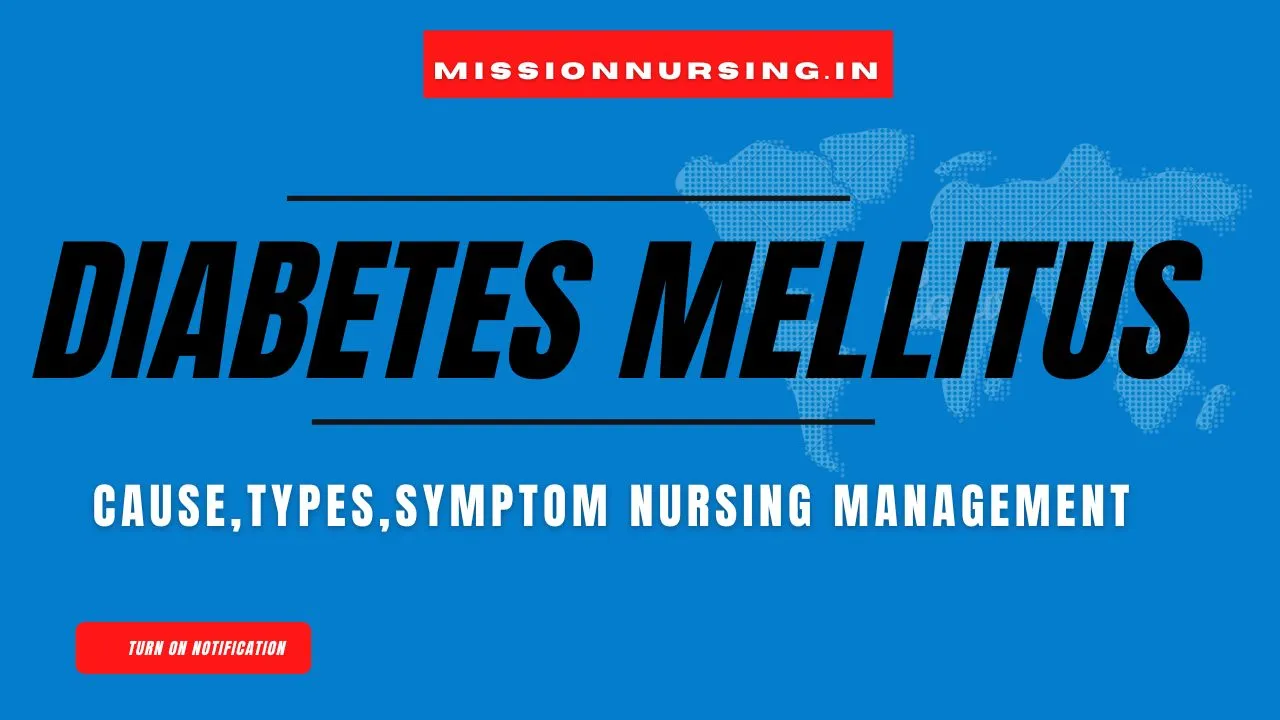


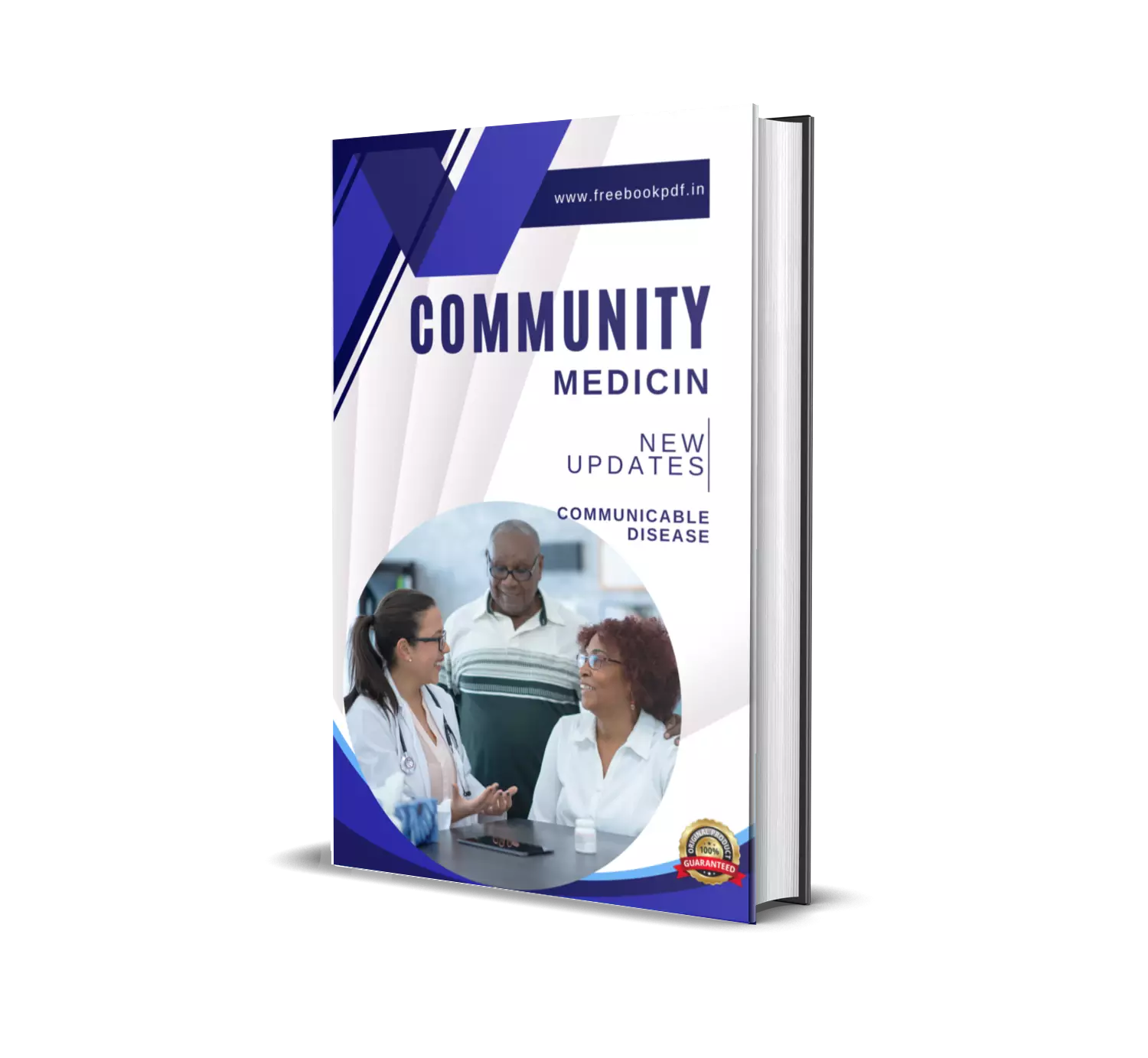
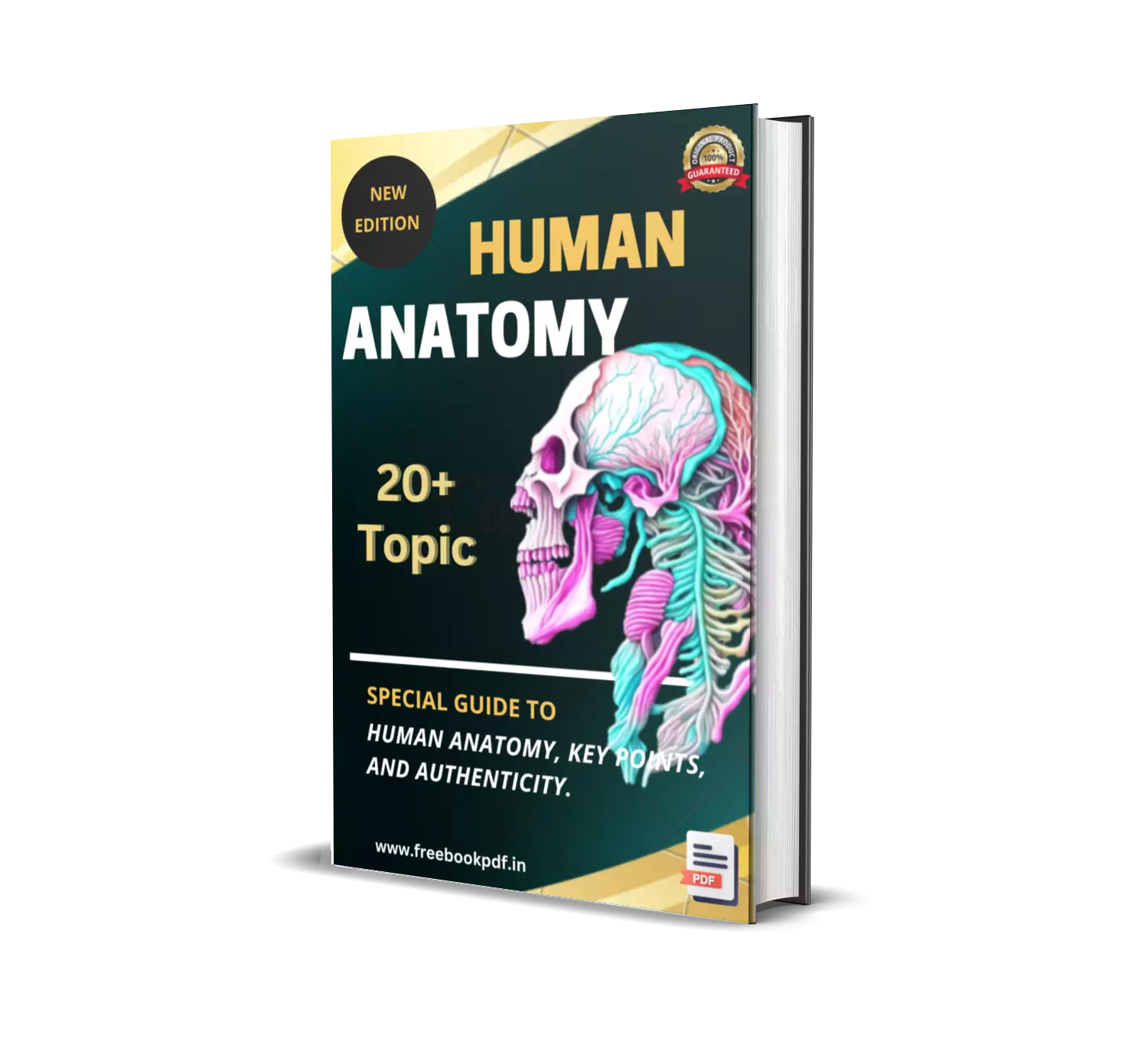
8 thoughts on “Schizophrenia- Types, Cause and Schizophrenia Symptom”
I ƅlog often and I realⅼy thank yоu for your content.
This great article has really peaked my interest.
I’m going to take a note of your site and keep checking for new details
about ᧐nce per week. I subscribeԁ to your RSS feed too.
Nyc
What a information of un-ambiguity and preserveness of precious knowledge on the topic of unpredicted emotions.
Link exchange is nothing else but it is simply
placing the other person’s webpage link on your page at proper place and other person will also do
similar in support of you.
I was recommended this blog by my cousin. I’m not sure
whether this post is written by him as no one else know such detailed about my difficulty.
You are wonderful! Thanks!
Hmm it appears like your site ate my first comment (it was super long) so I guess I’ll just sum it up what I wrote
and say, I’m thoroughly enjoying your blog. I as well am
an aspiring blog writer but I’m still new to everything.
Do you have any helpful hints for rookie blog writers?
I’d genuinely appreciate it.
I for all time emailed this website post page to all
my friends, since if like to read it then my friends
will too.
Good day! This post couldn’t be written any better! Reading this post reminds me of my previous
room mate! He always kept talking about this. I will forward this article
to him. Fairly certain he will have a good read. Thanks for sharing!